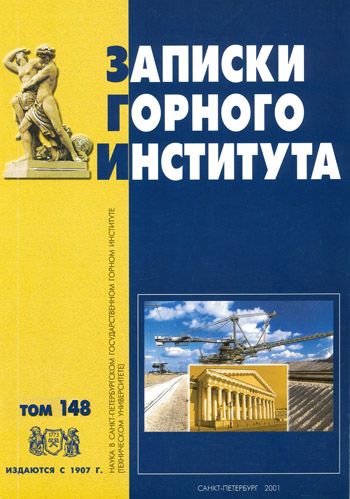Determination of strength and abrasiveness of rocks by the spectrum of acoustic noise during drilling and cutting
- All-Russian R&D Institute of Exploration Methods and Techniques
Abstract
For instrumental determination of rock strength, drillability category and abrasiveness in laboratory conditions several methods have been proposed. For determination of rock strength and drillability the method of L.A. Schreiner was widely used, and in geological exploration drilling the method of CNIGRI developed by N.I. Lyubimov was the most widespread. Abrasiveness of rocks is determined mainly by the degree of wear of reference material (rods, rings, etc.) during interaction (friction, drilling, cutting) with the rock sample. The most widespread in drilling were methods of evaluation of abrasiveness proposed by N.I. Lyubimov and L.I. Baron and A.V. Kuznetsov. Application of these methods, undoubtedly, played a positive role in the study and typification of the mechanical properties of rocks. However, as it follows from the published materials, determining the category of rocks by their drillability or choosing the design parameters of diamond tools on the basis of the established indicators is very difficult, because they usually do not correlate with each other and with the performance of diamond drill bits. This result could have been predicted, since the tests used the simplest types of loading.
